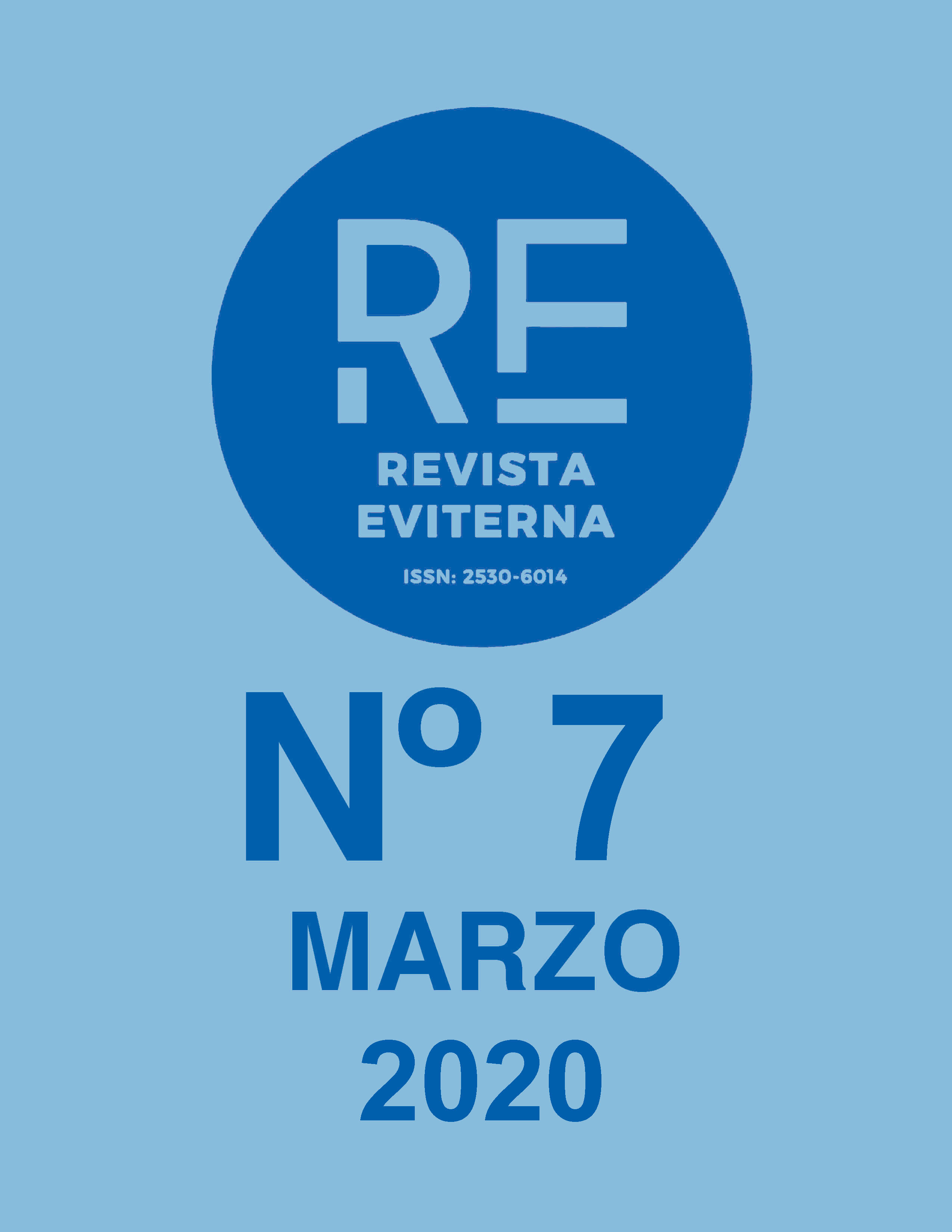Portraited death: aquatic nymphs and sleeping fine in victorian painting
DOI:
https://doi.org/10.24310/Eviternare.v0i7.8393Keywords:
Victorian; Pre-Raphaelite; Death; Sacrifice; Water; DreamAbstract
In the Victorian era there was a paroxysm of the cult of death. In that desire to dominate and contain the arbitrariness of it, art played an important role. In the Victorian aesthetic universe and more especially the pre-Raphaelite, one of the positions when it comes to representing death consisted in the poetization and idealization of the female corpse, specifically with a fetishistic nature. This was carried out through different narrative modes: aquatic death and sleeping death.
Downloads
Metrics
Publication Facts
Reviewer profiles N/A
Author statements
Indexed in
-
—
- Academic society
- N/A
- Publisher
- Universidad de Málaga
References
Aznar Almazán, Sagrario (1990), “Pintura prerrafaelita, en el límite de la modernidad”, Espacio, Tiempo y Forma, Serie VII, Historia del Arte, t. 3, pp. 333-348.
Bachelard, Gaston (1978). El agua y los sueños : ensayo sobre la imaginación de la materia. Fondo de Cultura Económica: México.
Bronfen, Elisabeth (1992). Over her dead body: death, feminity and the aesthetic. Manchester University Press: Manchester.
Dijkstra, Bram, y Campos, Vicente (1994). Ídolos de perversidad: la imagen de la mujer en la cultura de fin de siglo. Debate: Madrid.
Doménech, Julia (2010). La belleza pétrea y la belleza líquida. El sujeto femenino en la poesía y las artes victorianas. Fundamentos: Madrid.
Museo Nacional Thyssen-Bornemisza (2014), Alma-Tadema y la pintura victoriana en la Colección Pérez Simón, pp. 11-15. Recuperado de: http://pdigital.museothyssen.org/index.html?revista=109073129&pagina=14126
Poulson, Christine (1999). The Quest for the Grail: Arthurian legend in British Art, 1840- 1920. Manchester University Press: Manchester.
Downloads
Published
How to Cite
Issue
Section
License
All the contents published in Revista Eviterna are subject to the Creative Commons Reconocimento-NoComercia-Compartirigual 4.0 license, the full text of which can be found at <http://creativecommons.org/licenses/by-nc-sa/4.0>
They may be copied, used, disseminated, transmitted and publicly exposed, provided that:
The authorship and original source of your publication (Journal, editorial and URL of the work) are cited.
They are not used for commercial purposes.
The existence and specifications of this use license are mentioned.

Copyright is of two kinds: moral rights and patrimonial rights. Moral rights are perpetual, inalienable, inalienable, inalienable, inalienable and imprescriptible prerogatives.
In accordance with copyright legislation, Revista Eviterna recognizes and respects the moral rights of the authors, as well as the ownership of the economic right, which will be transferred to the University of Malaga for dissemination in open access.
The economic rights refer to the benefits obtained by the use or disclosure of the works. Revista Eviterna is published in open access and is exclusively authorized to carry out or authorize by any means the use, distribution, disclosure, reproduction, adaptation, translation or transformation of the work.
It is the responsibility of the authors to obtain the necessary permissions of the images that are subject to copyright.







12.png)



